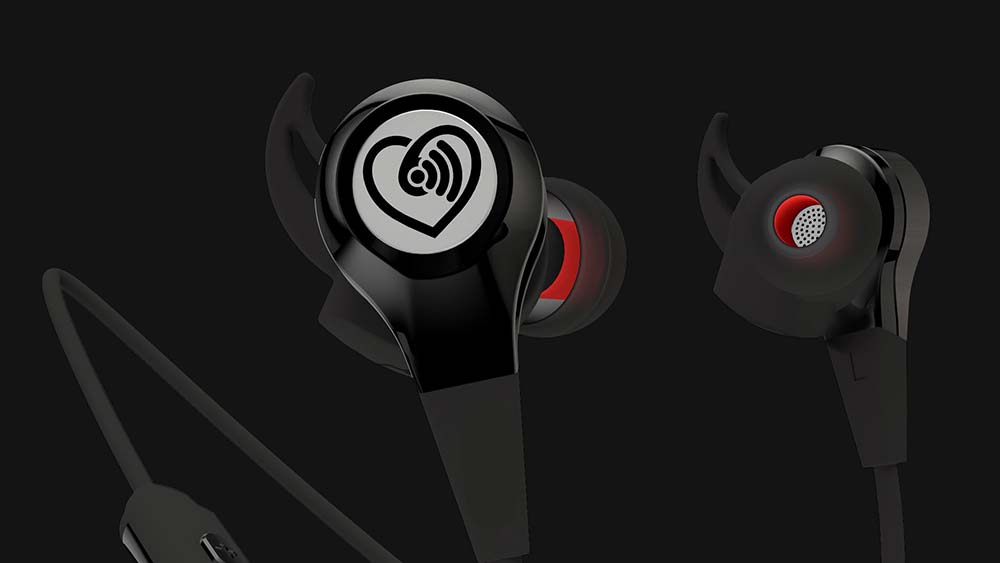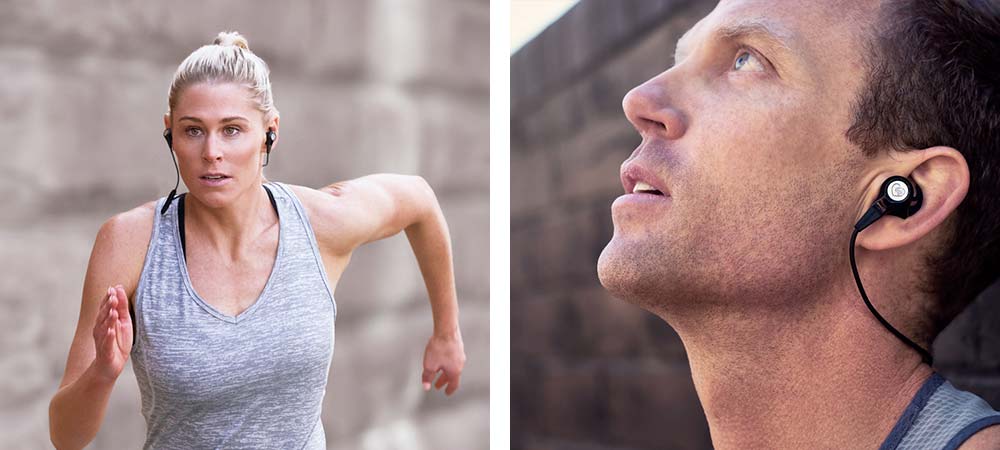
Monitoring your heart rate during exercise is critical to the success of the MAF Method so it is important to get real time feedback using an accurate device. There are a number of devices in the market but they fall into three broad categories.
Ear monitors
Ear-based monitors also use optical sensors but they offer a number of advantages over wrist-based monitors. Firstly, the ear is well supplied with blood vessels that are quite close to the surface so it is easy to get a good reading. Secondly, the head is the most stable part of the body during exercise so there is less risk of movement. Thirdly, a well designed ear anchoring point doesn’t need to be uncomfortably tight. The other advantage is that they are usually built into headphones so, when paired with a smart device running an app, they can give you regular heart-rate feedback in real time so you can adjust your pace to stay in the zone.

Wrist or arm-based monitors
These can be things like Fitbits or Smart Watches. They incorporate an optical sensor in the back that allows them to take a reading from the blood vessels under the skin. The problem with these sensors is that sweat and movement will interfere with the reading of the signal. Unless they are installed very tightly the movement of your arm swinging during exercise will cause the sensor to move which will give an unreliable reading.
Chest straps
Chest straps fit around your torso with a monitor held in place in the centre, at the front of the chest. They use the electrical signals of the heart to monitor your heart rate rate. They can be highly accurate but need to be worn next to the skin (that is, underneath clothes), and many people find they need to use ultrasound gel to get better skin contact for a clearer signal which can be messy.








